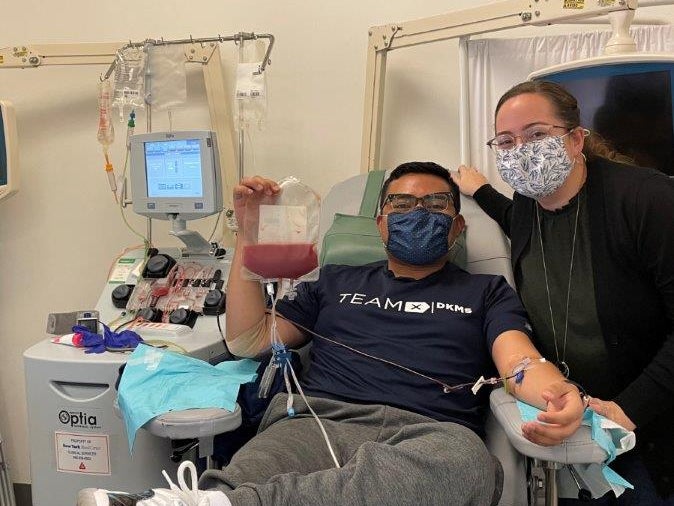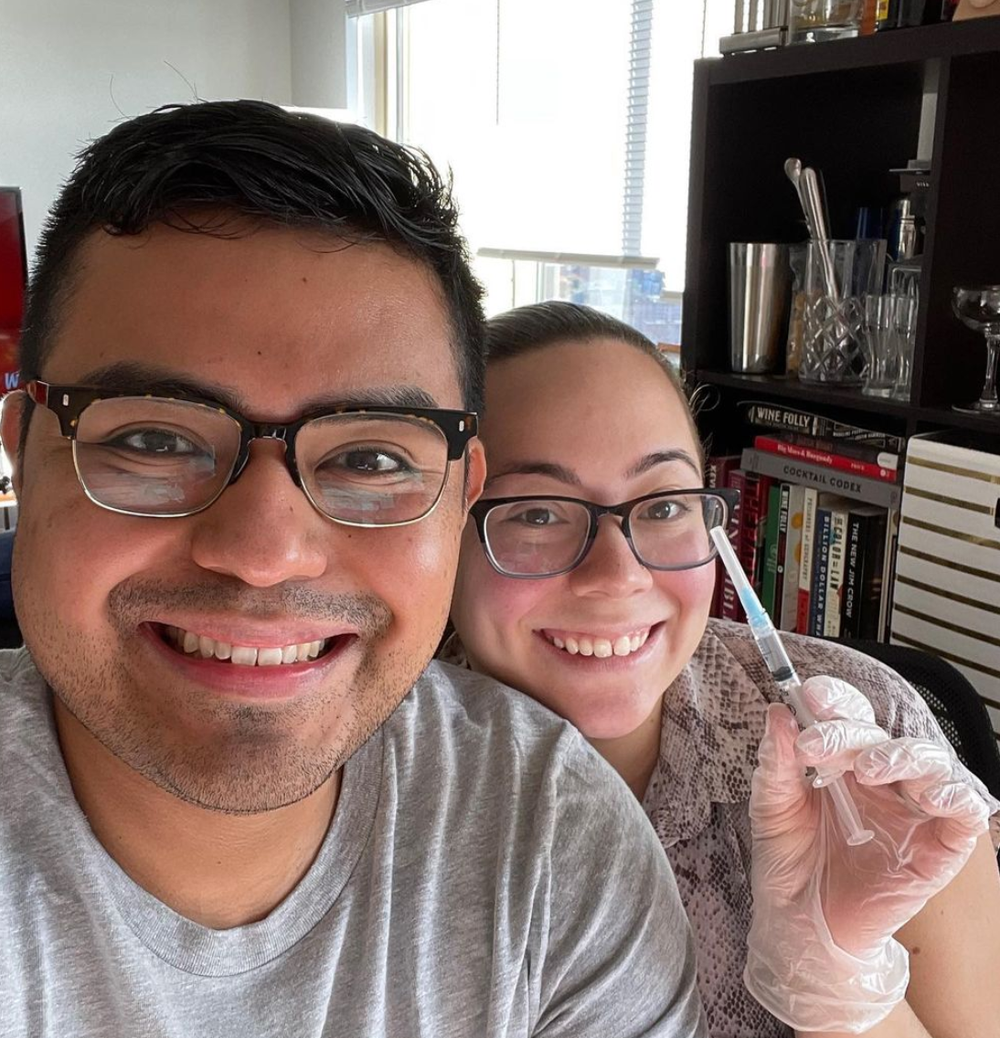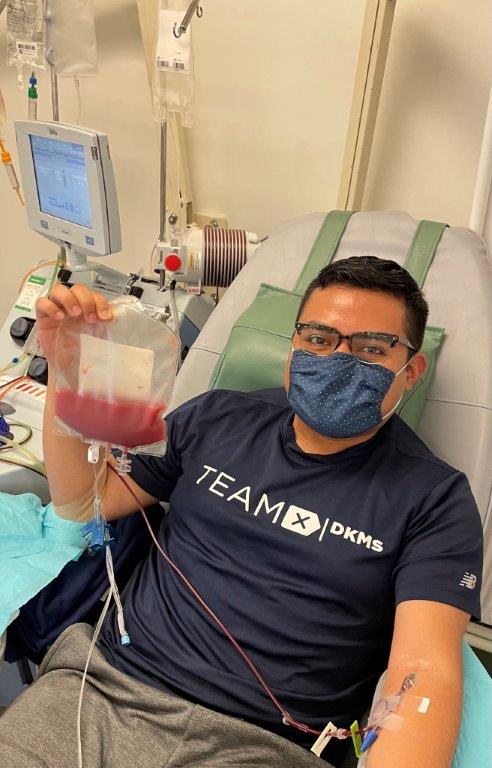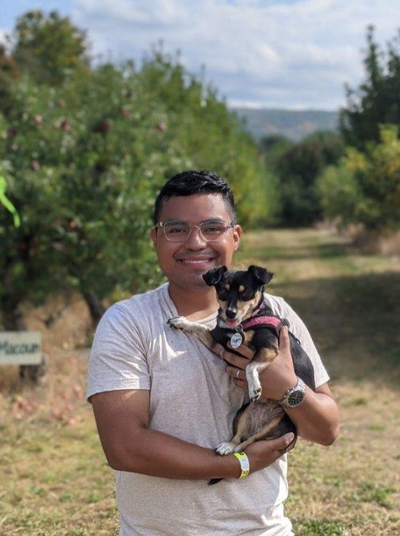
Former DKMS employee saves a life.
This means a lot to me
By Rafael Bravo | IG @rbravissimo
I lost my mother to cancer when I was younger and it was a very deep loss for my family. Unfortunately, my mother did not have any curative options available to her when she was diagnosed and I did not want other people to go through a similar experience.
As an employee at DKMS US, I learned more about the process and how an unrelated bone marrow donor could serve as a cure for a patient’s cancer or blood disorder. It seemed like a no brainer. I joined the national bone marrow registry and waited for the chance to step up for a patient if needed. Although I left DKMS a few years ago, I stayed on the registry because I was fully aware of the glaring need for minority and ethnically diverse donors. There are so many ethnically diverse patients out there who do not have a compatible donor on the registry and face poor outcomes as a result of that.
You’re a match
When I got the news, I was ecstatic! There was no way that I would’ve turned down the opportunity to provide someone with a chance of a cure.
My family was very supportive of my donation. My parents taught us to always extend a hand and help someone in need when the opportunity presented itself, so my father understood why I was moving forward with the donation even in the midst of a global pandemic. My wife was equally supportive. She even administered two days of the injections! I could not have asked for a better support system.

At DKMS US, I used to work with donors who were asked to donate by one of the two methods of donation. My wife Inez had heard me give the donation overview to many donors over the years, she would joke that I had “talked the talk, now it was time to walk the walk.” Given the pandemic however, there was also a deal of concern from my family about the exposure to COVID and going to medical institutions in such risky times. Although it was a bit daunting to think about, I reminded myself that time is a precious commodity that my patient might not have much of. I had nothing but trust in the DKMS and medical staff that oversaw my donation.
Time to donate my blood stem cells

The donation itself was smooth and efficient. I arrived at the site where I was greeted by the staff manager who walked me through the initial set up and process. I donated through peripheral blood stem cell donation (PBSC). They administered my last injection of filgrastim and then set me up on the apheresis machine so they could start collecting the cells for the patient. I had an apheresis needle in each arm so I did not have full mobility of my arms, but no major discomfort or pain in any way. There was a very friendly apheresis nurse who stood by the entire collection and monitored my vitals and the machine to make sure everything was running smoothly. I was lucky to also have my wife accompany me – she helped the time fly by as the machine collected the target cell count for the patient.
I was fatigued once we finished up the PBSC donation. Once we got home, I immediately passed out for a few hours. The residual effects of the filgrastim started wearing off the next day, and I was fully recovered just a couple of days later.

For anyone who has doubts about being a bone marrow donor, I would talk to them about the large numbers of patients who are out there looking for a match. I would share stories about the patients at the Children’s Hospital Los Angeles (where I also used to work) who were as young as infants but already going through symptoms of their cancers. Many of these young patients showed such bravery in facing treatments like chemotherapy and radiation, and they should serve as inspiration to the rest of us who are lucky enough to be healthy and well.
We should be inspired to do our part and get onto the registry so that we can pass on the gift of a second chance to patients who are out there looking for a donor. The donation process is NOT hard. It can be scary and stressful depending on your knowledge of the process, but I would want to share how easy and smooth the donation process so they know how little they have to risk in exchange for such a BIG gift to patients in need of a donor.